The first Foveon Camera:SD9
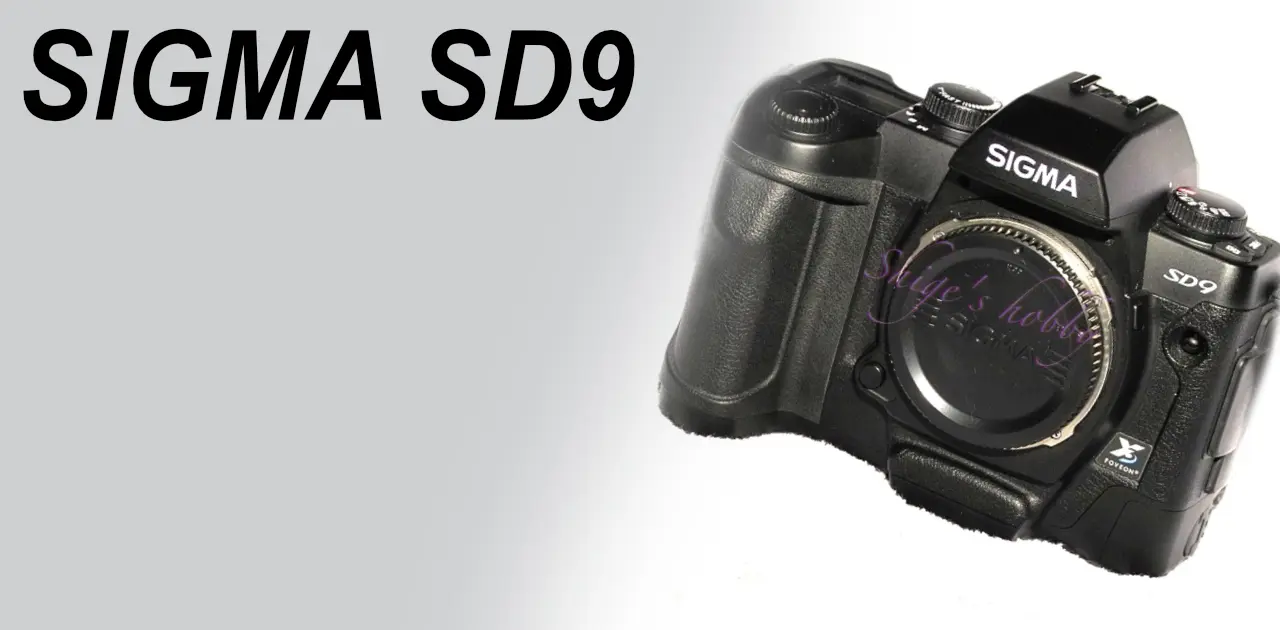
A review and Photo example of the SIGMA SD9 single reflex digital camera.
Table of contents
Gallery
- The lens used was the APO-LANTHAR 180mm F4 Close Focus SL
Review
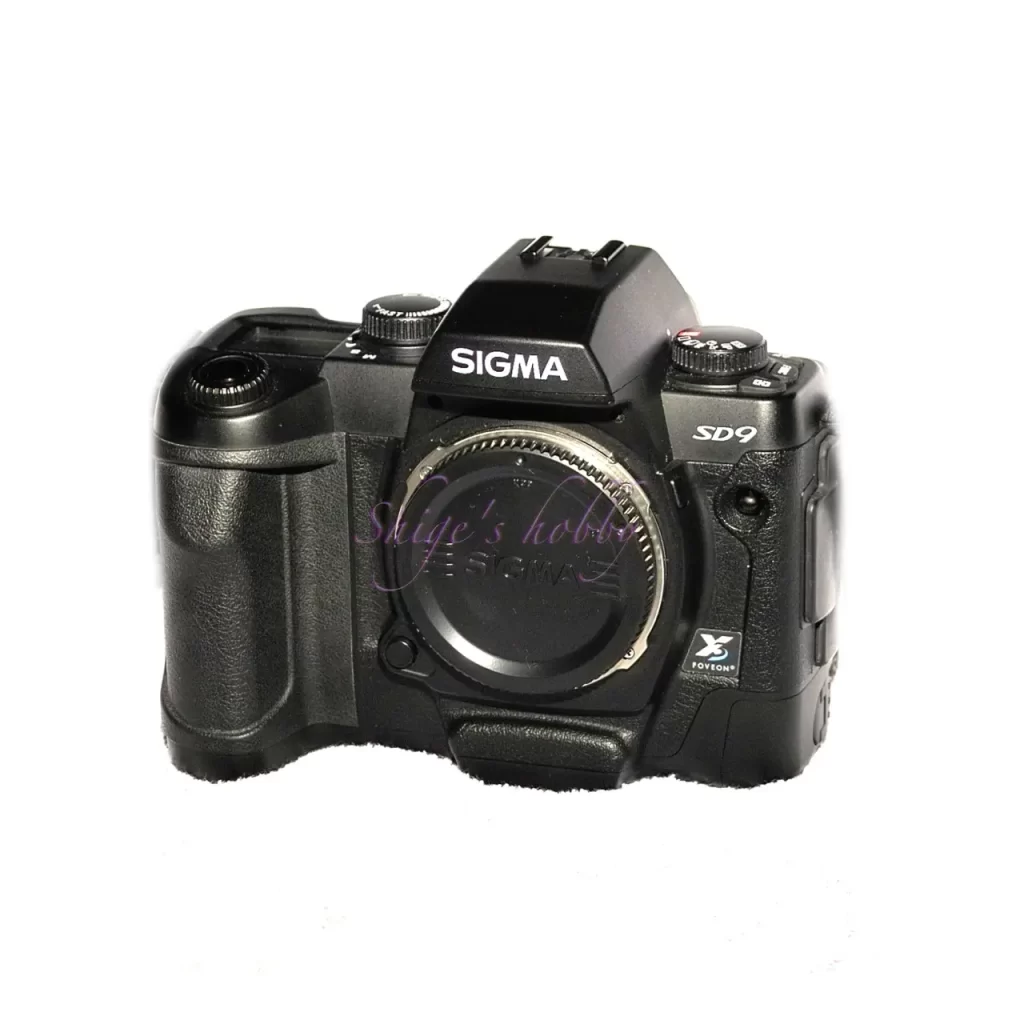
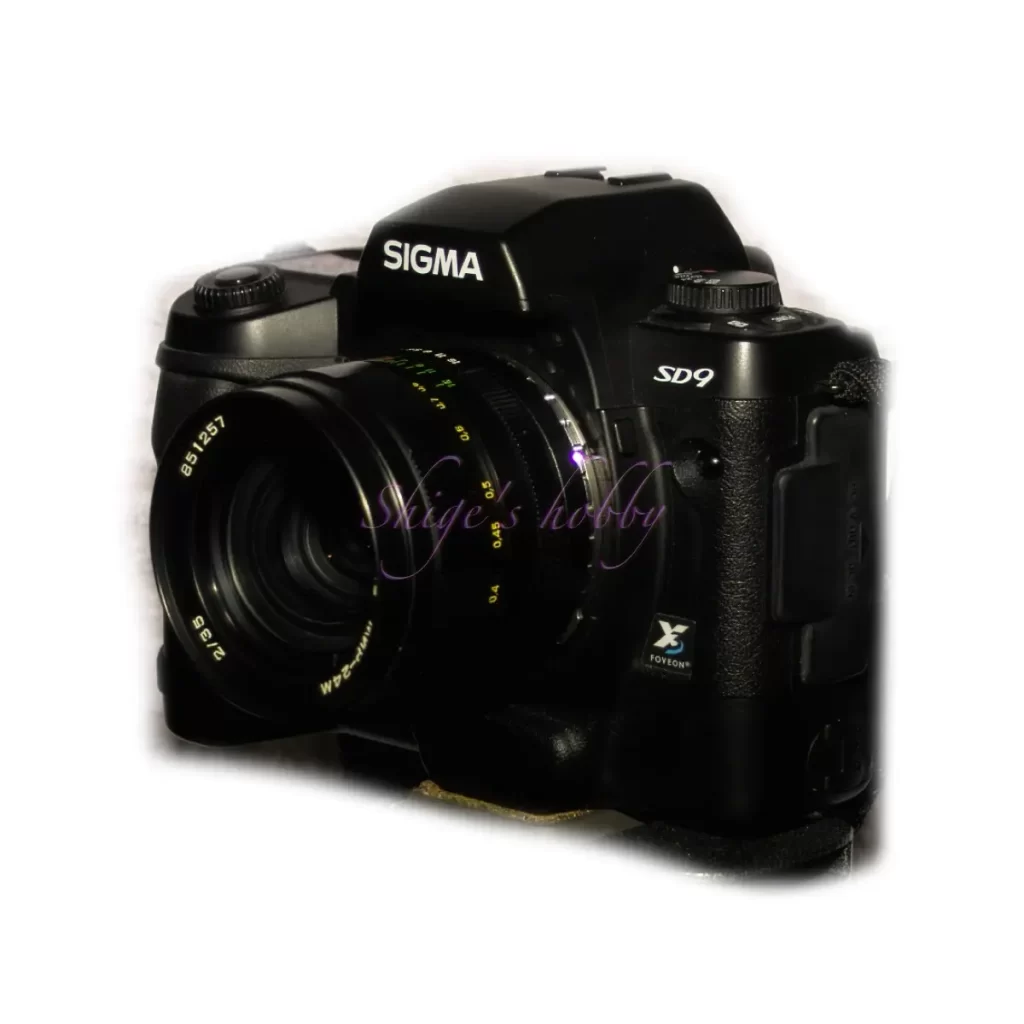
1.Overview
The SD9 is a digital camera equipped with Sigma’s first-generation Foveon sensor, released in 2002.
It is equipped with a Foveon triple-layer sensor from Foveon (later acquired by Sigma and became a subsidiary), which was not used by any other company but Sigma.
The first-generation Foveon sensor is 3 million pixels x 3, and the actual pixels that can be properly output are 3 million pixels, but it stores raw data for each RGB, and the amount of data is three times that of a normal 3 million pixels. By processing it with the development software SIGMA Photo Pro, it was possible to increase the number of pixels and output it.
The viewfinder seems to be a reuse of the one from the film camera SA-7, and uses a 35mm full-size viewfinder called a sports viewfinder, with the edges masked.
The power supply for the SD9 requires four AA batteries to drive the camera, or two CR-V3s and two CR-123Vs to control the camera.
2.Usage
The SD9 was Sigma’s first digital camera, and it was pretty good for a first-of-its-kind camera, but to be honest, it had a lot of problems.
Anyway, this camera is a mass of patience when it comes to operational response, and developing the images after shooting using SIGMA Photo Pro on a 2000s PC also required a lot of patience. It’s thanks to using this camera that I no longer mind a camera that’s a little slow.
The sports viewfinder used in the SD9 is a repurposed 35mm full-frame camera, so I’ve seen some negative opinions about it, but personally I found it useful when shooting moving subjects because it allows you to see what’s not in the frame.
The biggest drawback of this camera is the power supply. If the voltage of the AA batteries that drive the camera falls below 1.5V per battery, the voltage to drive the camera is insufficient and the camera stops working, so the nickel-metal hydride batteries with a battery voltage of 1.2V were almost useless.
Although disposable batteries are expensive, using two CR-V3 batteries was the best for stable operation. As of 2024, the price of CR-V3 has risen and it has become difficult to obtain, so I am currently using AA lithium batteries, but it is unclear how long they will be available.
Rechargeable CR-V3 is also available on the market, but when measured with a tester, many batteries have a battery voltage of over 1.5V, which is a concern as it may damage electrically powered parts such as the camera board and sensor.
The CR-123V required for camera control does not decrease much, so there is no problem using lithium batteries.
The image quality of the SD9 is good enough to obtain usable images even in the 2020s as long as it matches the purpose of use.
In particular, for landscapes and wild birds with clear boundaries that require color separation, the unblurred images were in a different league from the 6-megapixel images equipped with low-pass filters at the time.
As time went on, the pixels of sensors increased and low-pass filter-less Bayer sensors came out, so I began to think that I didn’t need to be so particular about Foveon, but still, when comparing photos of the same subject, Foveon has better color separation, so I used all of the Foveon sensor cameras.
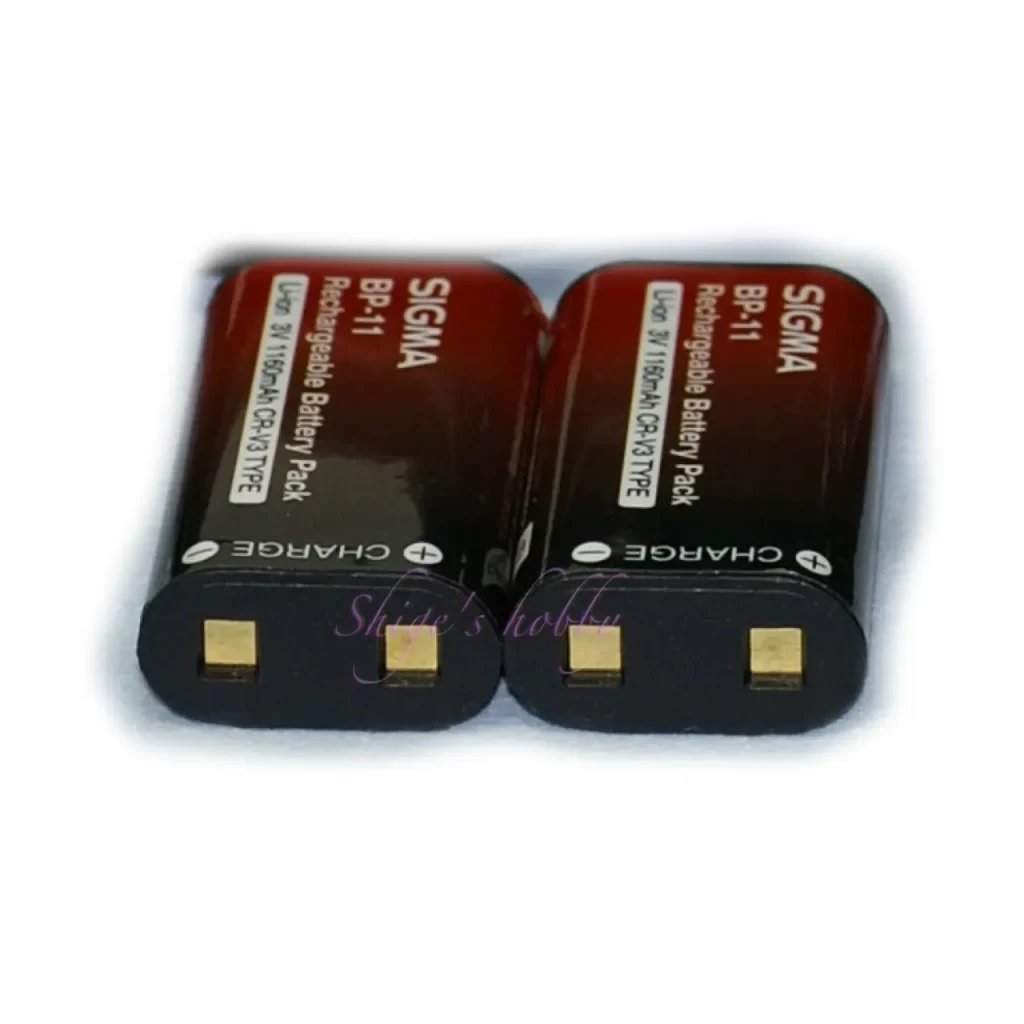
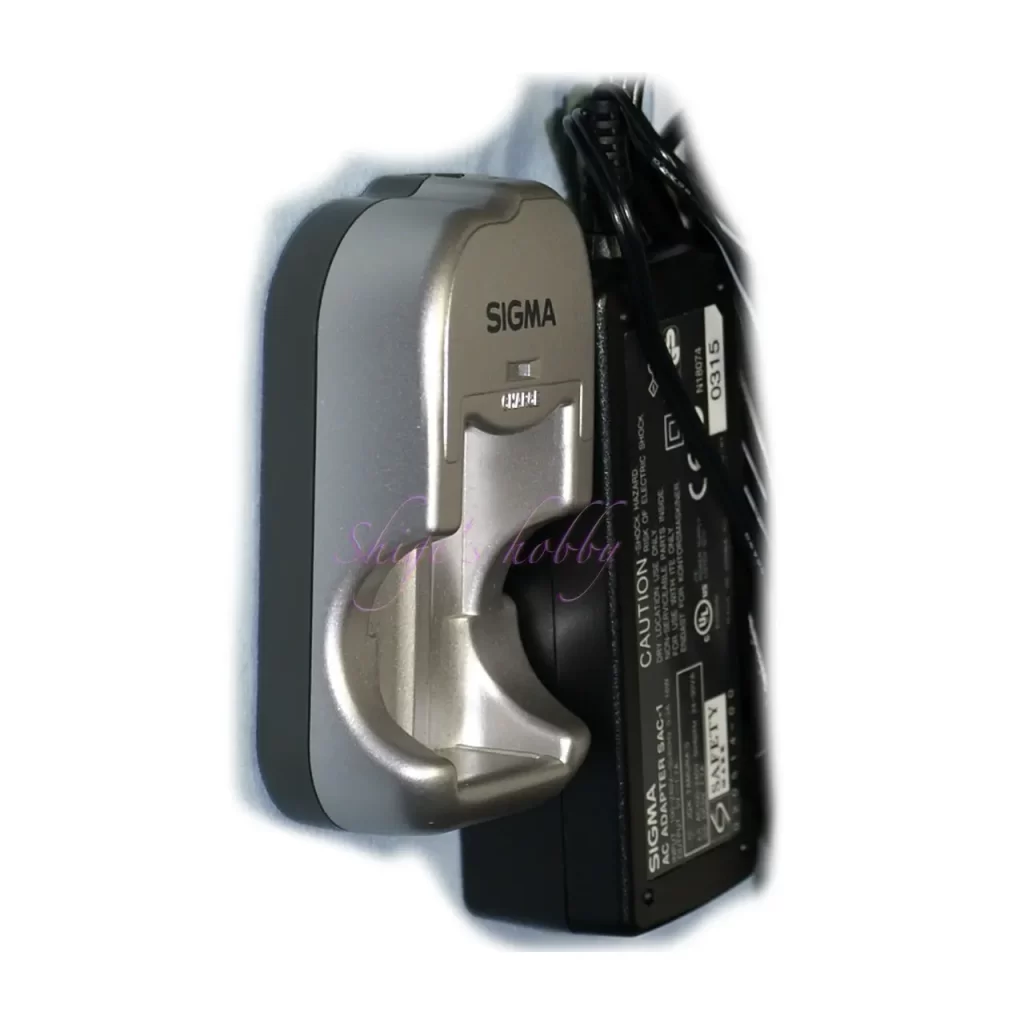
3.Add Info.
Speaking of the SD9, it is connected to the SD10, so I used to have it on the same page, but in 2023 I retrieved a junk SD9, so I created a separate page. That’s why some of the content overlaps.
The junk SD9 was indeed junk, and I couldn’t get a decent image, whether it was because the sensor or the circuit was dead.
The SD9 was released in 2002 at an entry-level price of about 200,000 yen for SLR cameras. At the time, the average photographer had a film SLR, so it was common to buy a CANON or NIKON.
I was attracted by the principle of the FOVEON sensor, so I bought the SD9 at Yodobashi Camera in Ueno immediately after its release.
It seems that there weren’t many people who bought this camera at the time, so I received a business card from the person in the camera sales area.
I contacted Yodobashi Camera Ueno frequently about problems with the power supply, which I will explain later, but because there were so many problems, it became a hassle to go through the store, so I started dealing directly with Sigma.
Because it was a Sigma SA mount camera, it was difficult to obtain interchangeable lenses, so I bought them by mail order from a camera shop in Osaka.
The unique depiction produced by this three-layer sensor gave birth to Sigma mania. At one time, various information was flying around on online bulletin boards.
The Sigma SA mount has a different flange back, but its shape is compatible with the Pentax-K mount, so M42 mount lenses could be used with a Pentax K-M42 adapter. The flange back differs by 1.5 mm, with the SA mount being 44 mm and the K mount being 45.5 mm, but many old M42 mount lenses were over-inflated, so focusing was rarely an issue in practice.
Also, Penta-K mount lenses could be attached and used with the SD9/SD10 as long as there were no interfering objects such as the aperture lever.
Shortly after the release of the SD9, a hobbyist released the SA-M42 mount adapter (CSM42), so by using it, it was possible to use M42 lenses with the correct flange back.
The item on the right of the left photo below is a LEICA R-VISO mount adapter 14167 with the Leica R mount converted to M42. I bought it second-hand, and it allowed me to use LEICA VISO lenses with the SIGMA SD series. I used the Elamar 65mm Viso and Hektor 125mm Viso with the SD series.
Some people released the SA-NikonF mount adapter, and at one point I used the NIKON AI 85mm/F1.4. This adapter used the external claws around the mount that only the SD9 and SD10 had, so it could not be used with cameras from SD14 onwards. The SD9/SD10 external claws were an option that Sigma itself did not use, so I think it was inevitable that they were discontinued, but it was a shame that the Nikon-F adapter could no longer be used.
There was also a plan to convert the SA mount of this camera to a Canon-EF mount, so I invested a small amount, but the plan was abandoned and I got my investment back. It was an idyllic time that is unimaginable now.
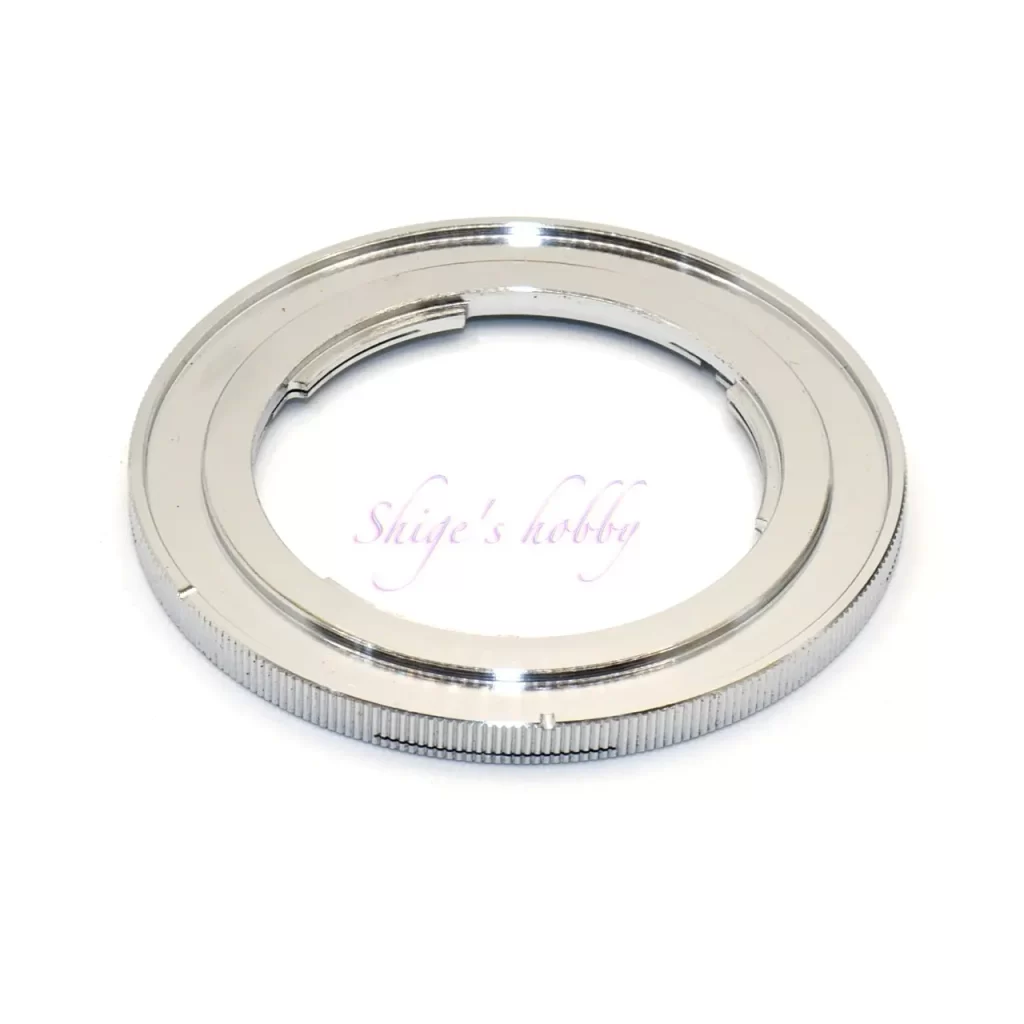
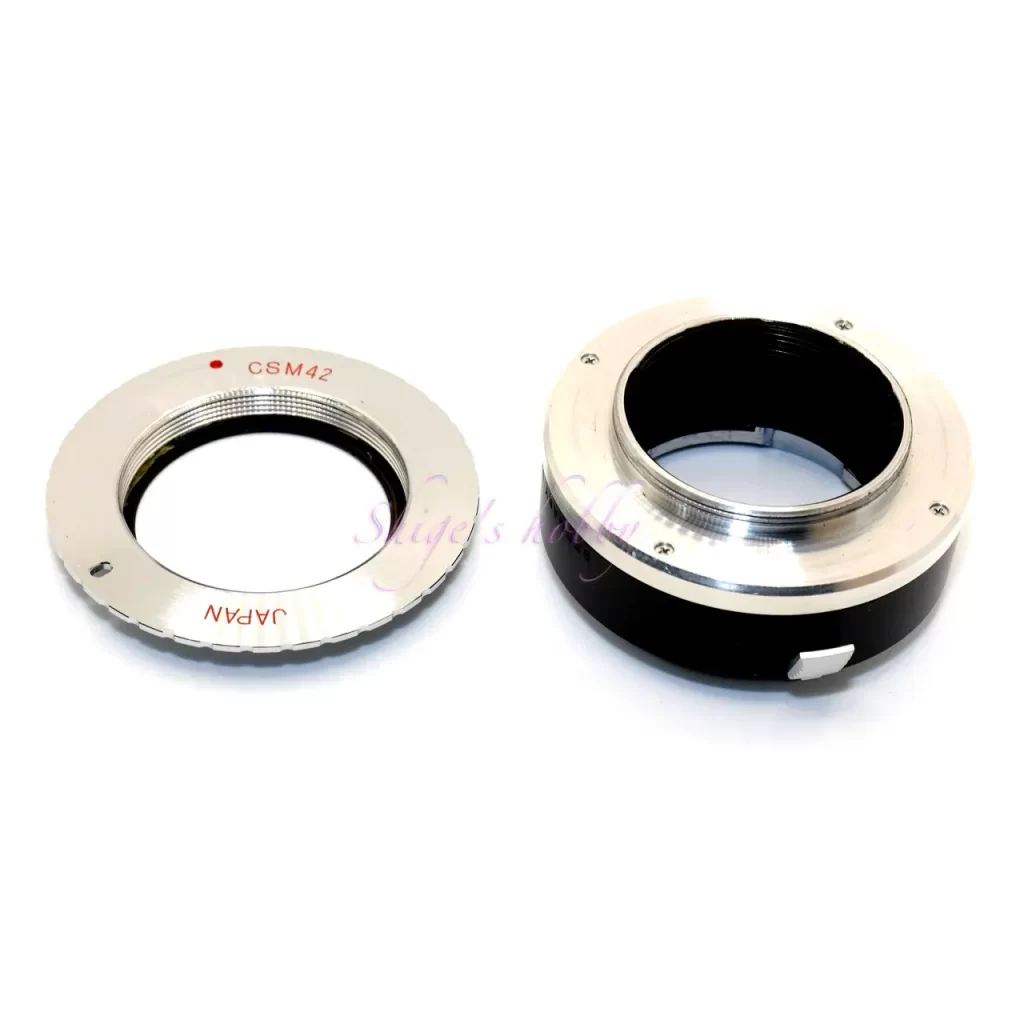
In order to create this page, I started SIGMA PhotoPro 6.8.2 on my Mac for the first time in a while and tried to develop an SD9 image, but an error occurred and I was unable to do so. I was able to develop it in the Windows version, so it’s not a problem, but even so, I feel that SIGMA Photo Pro is a software that doesn’t address the issues (it crashes just because the folder specified is the root). I think there are quite a few Sigma users who fell in love with the colors of the SD series but dropped out because of this software. I’m glad that the Quattro series supports DNG, but I feel uneasy because I don’t know if DNG is equivalent to X3F.
I was surprised that SIGMA PhotoPro worked well when handling X3F images from SD1 on a Mac mini with M2 Pro 32GB *1 in 2024. It seems that the improvement in CPU power has caught up with the processing speed of SPP. It is still a little difficult to use, but I feel that it is definitely more comfortable to use than before. *1: Amazon affiliate link
Specification
| Items | SD9 | SD10 | SD14 | SD15 |
| Camera Effective Pixels | 10.29 million pixels (2,268 x 1,512 x 3 layers) | ← | 14.06 million pixels (2,652 x 1,768 x 3 layers) | ← |
| Camera mount | SIGMA-SA baynet mount | ← | ← | ← |
| Image sensor | FOVEON X3®(CMOS) 20.7×13.8mm | ← | ← | ← |
| Back LCD | 1.8-inch Low-temperature polysilicon TFT color LCD monitor 130,000 pixels | ← | 2.5-inch 150,000 pixels | 3-inch 460,000 pixels |
| View Finder | Pentaprism type single-lens reflex viewfinder | ← | ← | ← |
| Battery | Main 2 x 3V lithium batteries (CR-V3) 4 x AA Nickel-Metal Hydride Batteries 4 AA nickel batteries Sub 3V lithium battery (CR123A type 2 pcs.) | 2 x 3V lithium batteries (CR-V3) 4 x AA Nickel-Metal Hydride Batteries 4 AA nickel batteries | Lithium-ion battery (BP-21/BP-22) | ← |
| Record Media | Compact flash Micro drive | ← | Compact flash | SD-card(SDHC) |
| Size(mm) W x H x D | 152 × 120 × 79 | ← | 144 × 107 × 81 | ← |
| Weight(g) | 805g (Ext battery) | 785g (Ext battery) | 700g (Ext battery) | 680g (Ext battery) |
| Release date | Year 2002 | Year 2003 | Sep.2007 | Jun.2010 |
Options
- Vertical grip
- SIGMA SA mount lens
Reference links
- SD9 release article by Pc-Watch(Japanese)
- SD10 release article by Pc-Watch(Japanese)
- SIGMA SD9・Shige’s hobby
- SIGMA SD10・Shige’s hobby
- SIGMA SD14 / SD15・Shige’s hobby
- SIGMA SD1 / SD1 merrill・Shige’s hobby
- SIGMA SD quattro / SD Quattro H・Shige’s hobby
Update history
- 2025.1.5
- 2024.02.12:Update the article
- 2023.10.13:First draft
Affiliate Link
- Sigma(Amazon Affiliate link)
- Sigma lens(Amazon Affiliate link)
- Sigma books(Amazon Affiliate link)

Leave a Reply